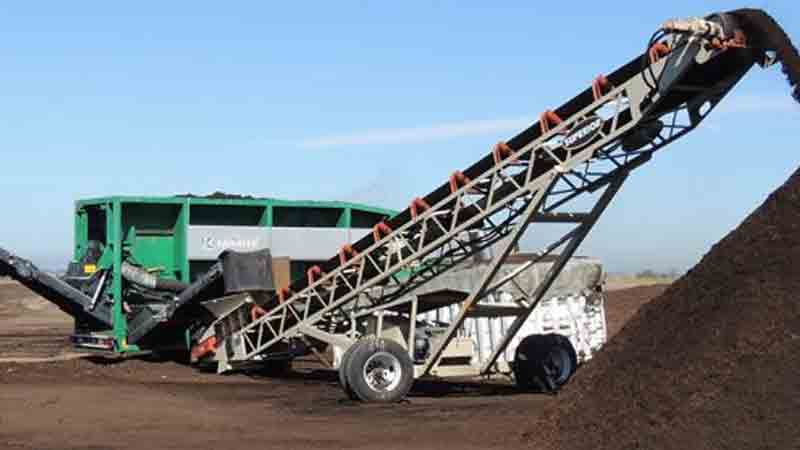The regulations for California Senate Bill 1383 (SB 1383), the Short-Lived Climate Pollutants Reduction Act, are in the final public comment period, which closes May 20. Next, CalRecycle will resubmit the rulemaking package to the state’s Office of Administrative Law for review before it can go into effect. Implementation and enforcement of SB 1383 fall under the purview of CalRecycle. The rule includes provisions for procurement of recovered organic waste products by jurisdictions, e.g., compost, mulch, renewable natural gas (RNG), and electricity from biomass conversion. To help its members and the broader community of organics recyclers understand the mulch and compost procurement requirements, California’s Association of Compost Producers (ACP) released two fact sheets that include the following details:
- Starting January 1, 2022, each jurisdiction in California must procure products generated from recovered organic waste
- A jurisdiction is defined as a city, county, or city and county
- Rural counties are not required to comply with the procurement requirements until January 1, 2027
- Jurisdiction shall comply by directly procuring recovered organic waste products for use or giveaway, and/or requiring, through a written contract or agreement, that a direct service provider to the jurisdiction procure recovered organic waste products
- Each jurisdiction’s annual procurement target is calculated by multiplying its population by 0.08 tons of organic waste per person
- The product procurement requirement is 0.08 tons of organic waste per person
- 0.58 tons or 1.45 cubic yards of compost satisfies one ton of organic waste product towards the procurement target
- 1 ton of mulch satisfies 1 ton of organic waste product towards the procurement target
- Compost must be produced at a permitted compostable material handling operation or a large-volume anaerobic digestion facility.
- Mulch must be produced at permitted compostable material handling facility, transfer station, or landfill
- If using mulch to meet the procurement requirement, a jurisdiction must have an adopted enforceable ordinance or equivalent that requires mulch to meet or exceed physical contamination, maximum metal concentration, and pathogen density standards for land application
“The enforceable ordinance is only a requirement for mulch,” explains Cindy Liles, project director with Clements Environmental who assisted ACP with its fact sheets. “Compost must be produced at one of the allowable facilities (e.g., permitted composting facility) as noted in the ACP fact sheet. In California, compost is subject to testing every 5,000 cubic yards to ensure it already meets those requirements. Mulch does not since it falls under a different CalRecycle permitting tier.”
To calculate the amount of compost and/or mulch that jurisdictions must procure to meet the requirement, ACP’s fact sheets include tables with a range of population sizes (from 5,000 to 30 million people); the product procurement required based on 0.08 tons/person; and the required amount of compost or mulch in tons or cubic yards. “The conversion ratios for mulch and compost are different,” adds Liles.
“Mulch is a 1:1 ratio, while compost is a 1:0.58 ratio. A jurisdiction with a population of 40,000 could satisfy the SB 1383 procurement requirements with 3,200 tons of mulch or 1,856 tons of compost or a combination of the two or a combination of any eligible recovered organic waste product (e.g., some forms of RNG and electricity).”













